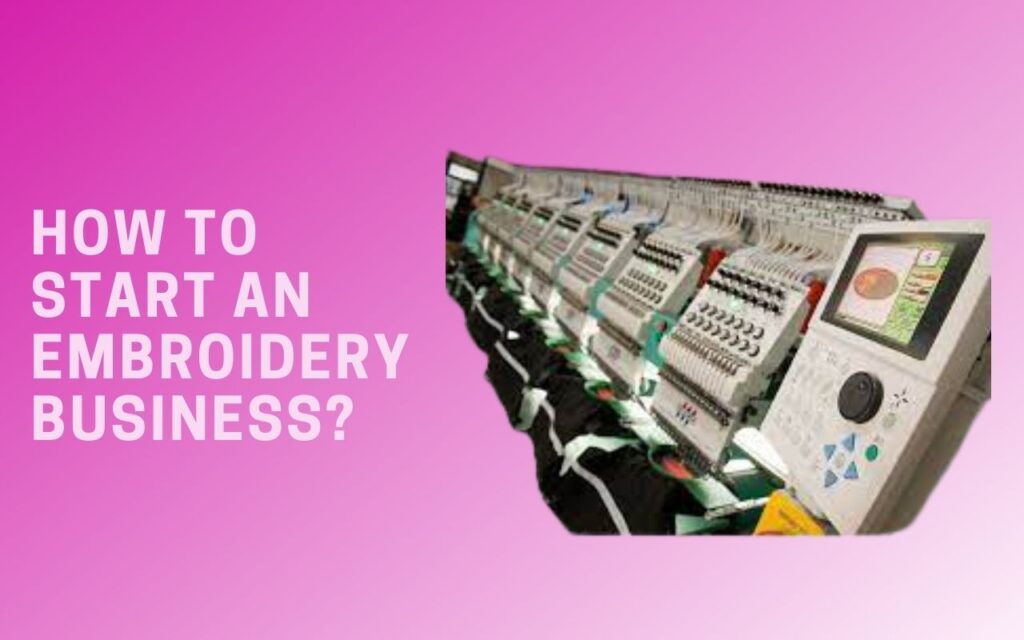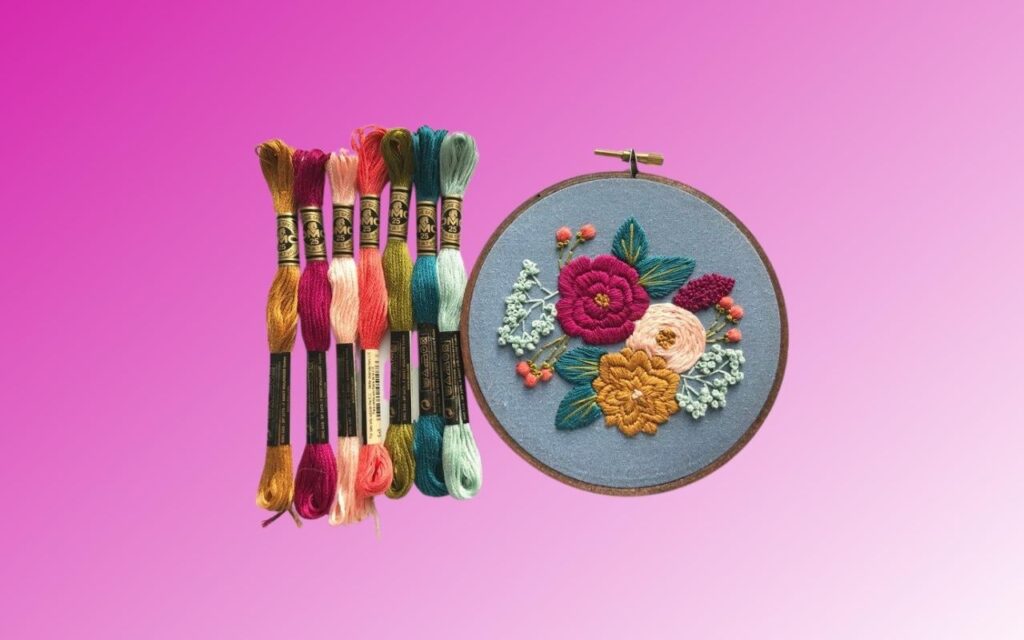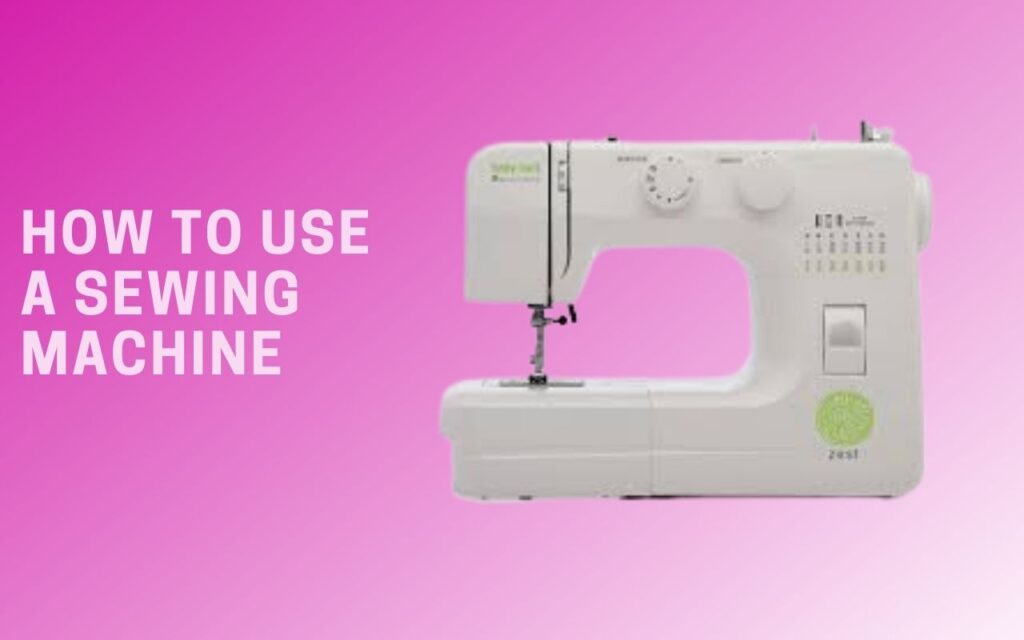Embroidery puckering is a common problem with embroidery fabric. This problem can occur when the thread running through the fabric becomes tight and twisted. The fabric can then bulge out at the edge of the stitch, making it look like there are puckers in the fabric. It is a distortion of the fabric where one side of the seam is higher than the other side. The higher side of the seam puckers up and appears to “bubble”.
Contents
- 1 What causes embroidery puckering
- 2 Under-Stabilized Fabric
- 3 Not Hooping Correctly
- 4 Thread Tensions Too Tight
- 5 Poor Digitizing
- 6 Which types of fabric are prone to puckering
- 7 How to prevent puckering
- 8 Suitable stabilizer for different fabric types
- 9 Cut-Away Stabilizer
- 10 Tear-Away Stabilizer
- 11 Water-Soluble Stabilizer
- 12 Some tips to keep the fabric from puckering
- 13 Choose The Correct Stabilizer
- 14 Use Spray Adhesive
- 15 Proper Hooping
- 16 Reduce Design Density
- 17 Digitize Correctly
- 18 Set Correct Thread Tensions
- 19 Conclusion
What causes embroidery puckering
There are many reasons why your machine embroidery may pucker. The very first and most common reason is that fabric might not be laid down consistently flat. In some cases, puckering is caused by the fabric itself. Poor quality fabrics may not be able to withstand the stress of the embroidery process, which can cause them to buckle and pucker. Other times, puckering may be the result of a problem with your machine or embroidery software. If your machine is not properly calibrated, it can cause puckering in your finished embroidery project. Additionally, if your software settings are not correct, you may also experience puckering. Finally, puckering can sometimes be caused by the thread itself. If the thread is not of good quality, it can stretch and cause your embroidery to pucker.
Following are the some common reasons why puckering may occur:
Under-Stabilized Fabric
One of the most common causes is when the fabric being embroidered is under-stabilized. This means that the fabric isn’t given enough stability to hold the embroidery stitches in place, which can lead to puckering.
Not Hooping Correctly
One reason is that you might be hooping incorrectly. When you hoop your fabric, you should make sure that the fabric is taut and that there are no wrinkles in the fabric. If the fabric is not taut, it will cause the embroidery to pucker.
Thread Tensions Too Tight
Thread tension is a critical aspect of any stitching project, and it’s especially important when embroidering. If the tension is too tight, the fabric will pucker, and the embroidery will be distorted. This can be a real challenge to fix, so it’s best to avoid it altogether by adjusting the thread tension correctly in the first place.
Poor Digitizing
Poor digitizing can be a major contributor to embroidery puckering. When a design is poorly digitized, the stitches are not evenly spaced, which can cause the fabric to stretch unevenly. This results in puckering and distortion of the design.
Which types of fabric are prone to puckering
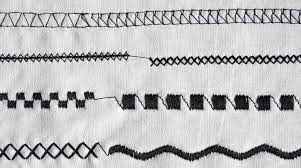
There are a few different types of fabrics that are prone to puckering when they are machine embroidered. Each type of fabric has a different reason for puckering, for example, nylon and satin are most likely to pucker because of their slippery nature. They can slide around while embroidering resulting in puckering.
Knit fabrics and loosely woven fabrics are the most common types of fabric that tend to pucker. This is because these types of fabric have a lot of stretch in them, and the tension of the embroidery stitch can cause the fabric to pucker.
How to prevent puckering
There are a few different things that you can do to help prevent puckering in your machine embroidery. One of the easiest things is to use the right stabilizer. If you’re using a water soluble stabilizer, make sure that it’s appropriate for the fabric that you’re embroidering on. If you’re using a cut away or tear away stabilizer, make sure that it’s the right weight for the fabric and that it’s been applied correctly.
Suitable stabilizer for different fabric types
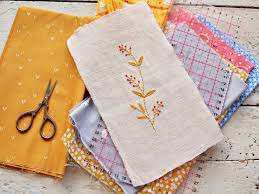
Cut-Away Stabilizer

Always use cut-away stabilizer with knit fabric because it keeps your fabric stable even if your fabric is stretched. This stabilizer also has a softer feel and you can put it on shirts, specially on the babies shirts because it won’t be very uncomfortable for skin.
Tear-Away Stabilizer

Use tear-away stabilizer for Woven fabrics especially when the fabric doesn’t have stretch.
Water-Soluble Stabilizer
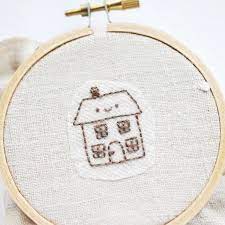
You can use water-soluble stabilizer with lightweight fabric (sheer fabric). Another thing about a water-soluble stabilizer is that it is great for using as a top stabilizer for fleece, velvet or if you want to embroider some towels. You just put your regular stabilizer on the bottom and a water-soluble stabilizer on top so it keeps the stitches from being pulled down into the fabric and it also keeps the little pile of fabric from poking up through the stitches.
Some tips to keep the fabric from puckering
Choose The Correct Stabilizer
When you are choosing a stabilizer for your machine embroidery, it is important to select the correct one. If you use the wrong stabilizer, your project may pucker. The type of fabric you are embroidering will determine the type of stabilizer you need. For example, if you are embroidering on cotton fabric, a water-soluble stabilizer is best. If you are embroidering on polyester fabric, a cut-away or tear-away stabilizer is best.
Be sure to test the stabilizer on a scrap of fabric before starting your project. This will help ensure that your project looks its best.
Use Spray Adhesive
Spray adhesive is a great way to prevent puckering in your machine embroidery. It helps the fabric lay flat and prevents it from bunching up. This is especially helpful when working with thin fabrics or fabrics that have a lot of stretch. Be sure to use a light misting and allow the adhesive to dry completely before stitching.
Proper Hooping
When starting a new project in machine embroidery, it is important to hoop the fabric properly to avoid puckering. Puckering can be caused by the fabric being too tight or too loose in the hoop.
To prevent puckering, make sure to use the correct size hoop for your project. The hoop should be large enough to cover the entire design, with at least 1-2 inches of excess fabric on all sides. If the hoop is too small, the fabric will be stretched too tightly and will pucker.
Reduce Design Density
One way to prevent puckering in your machine embroidery is to reduce the design density. This can be done by either reducing the stitch length or increasing the space between the stitches. If you have a large area of dense stitching, try splitting it into two or more smaller designs. This will help to prevent puckering and also give your project a more professional look.
Digitize Correctly
When digitizing your embroidery designs, it is important to prevent puckering in your final product. This can be done by following a few simple steps:
- 1. Make sure all of your design elements are within the hoop area. If they are not, the fabric will be stretched more than necessary and will pucker.
- 2. Leave a small amount of space between design elements. This will help to prevent puckering as well.
- 3. Use a thread that is appropriate for the fabric type you are embroidering on. A too-thick thread can cause puckering.
Set Correct Thread Tensions
If you are embroidering on a lightweight fabric, such as a cotton lawn, you will need to use a lower thread tension than if you were embroidering on a heavy fabric, like denim. You may also need to adjust the thread tension if you are changing from one type of fabric to another.
The best way to find the correct thread tension is to experiment with different settings until you find one that works well for your project. Remember to always test your settings on a scrap of fabric before starting your project.
Conclusion
By following these tips you can help to prevent puckering in your machine embroidery. By taking the time to prepare your fabric and Hoop correctly, you can create beautiful, professional looking embroidery projects that don’t have any unsightly puckering. So get out your fabric, thread, and hoop, and let’s get stitching!

